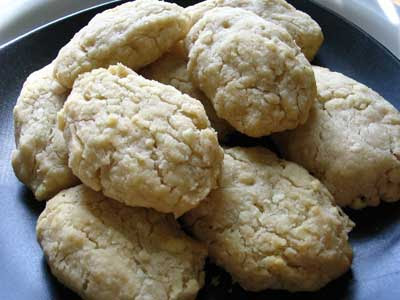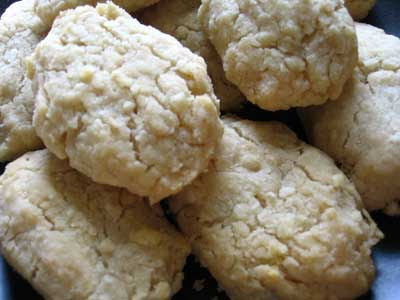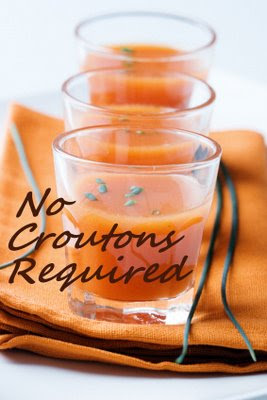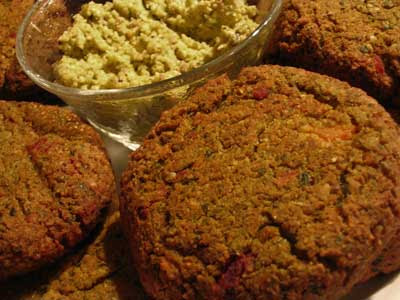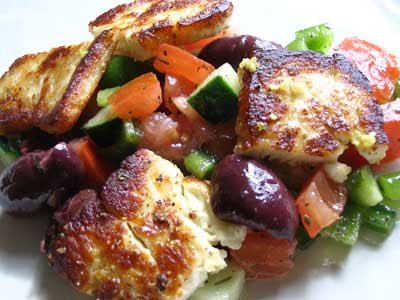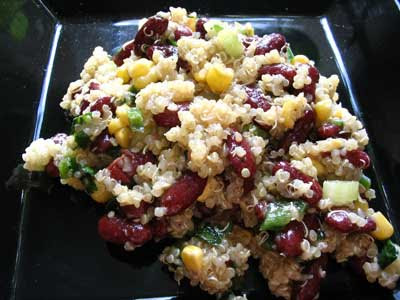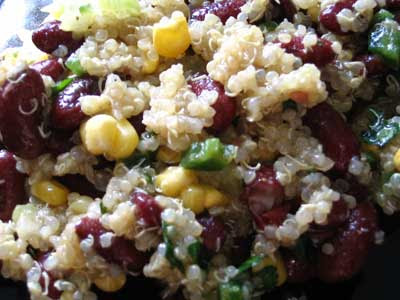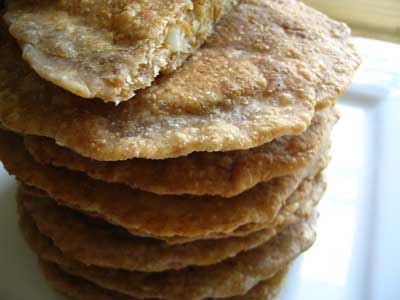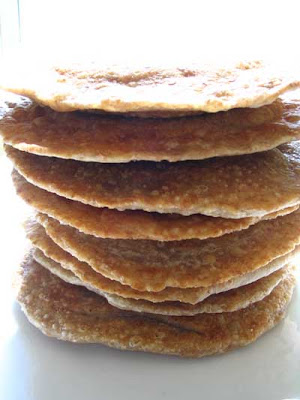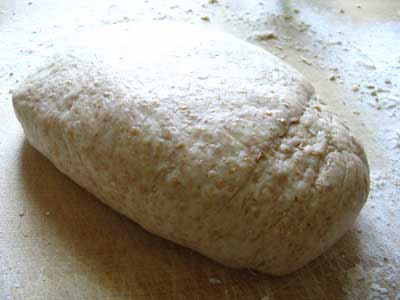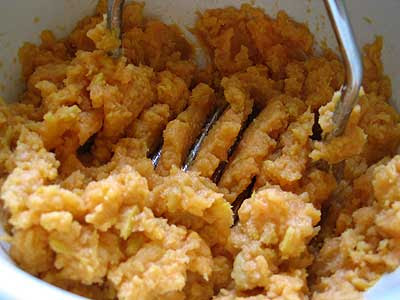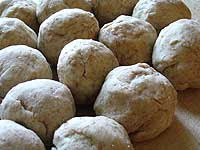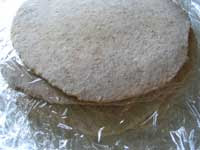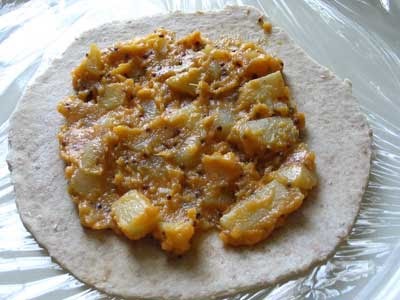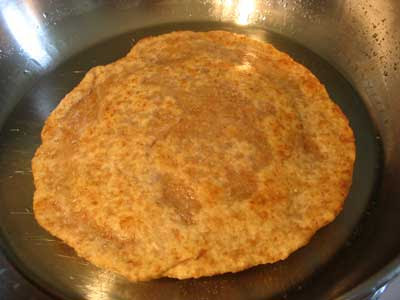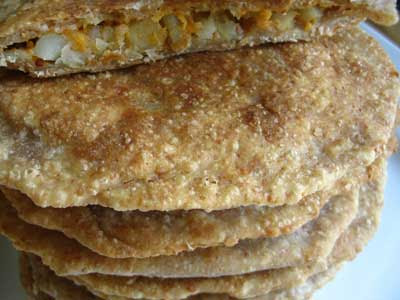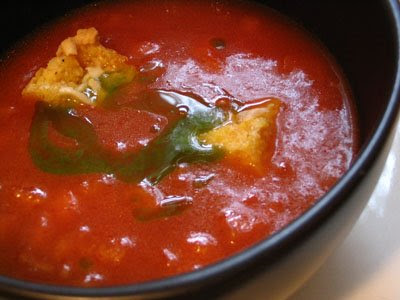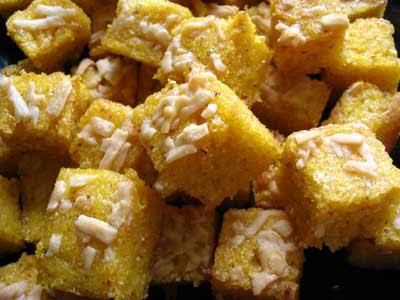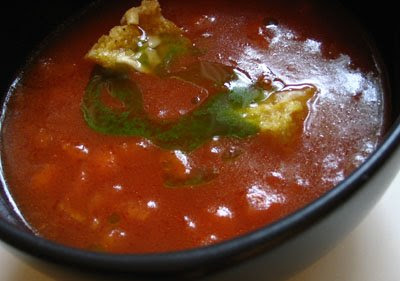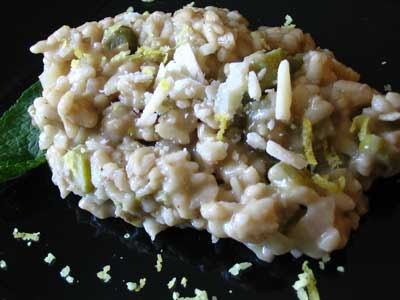 Holding still another bunch of fresh local asparagus right after making an asparagus and mint frittata the other day, I realized that I was quite taken with the combination of fresh asparagus and mint and decided to google the pair for another idea. And what should show up on the first page but Jamie Oliver's asparagus, mint and lemon risotto … as in asparagus and mint and lemon and risotto! It was but a matter of moments to decide to copy it down, and of only a few hours to tailor the recipe to my needs and begin cooking.
Holding still another bunch of fresh local asparagus right after making an asparagus and mint frittata the other day, I realized that I was quite taken with the combination of fresh asparagus and mint and decided to google the pair for another idea. And what should show up on the first page but Jamie Oliver's asparagus, mint and lemon risotto … as in asparagus and mint and lemon and risotto! It was but a matter of moments to decide to copy it down, and of only a few hours to tailor the recipe to my needs and begin cooking.As famous as Jamie Oliver is, I confess to never having made any of his recipes before. Maybe it's that slightly smarmy expression of his that put me off, as though he thinks pretty highly of himself. On the other hand, if he can pull of this glorious combination of flavours so well as in this risotto, perhaps he deserves to wear that face.
As always with the traditional method of cooking risottos, be sure to stir constantly and methodically but not too energetically — you'll wear yourself out and start to cramp in the wrists otherwise.
Asparagus, Mint and Lemon Risotto
1 pound asparagus
4 cups vegetable stock
1 tablespoon olive oil
1 tablespoon butter
1 medium onion, finely chopped
2 celery stalks, finely chopped
1 1/2 cups arborio rice
1/2 cup vermouth or dry white wine
1/2 cup fresh grated Parmesan cheese
juice and zest of 1 lemon
small handful of fresh torn mint leaves
1 teaspoon sea salt, or to taste
fresh ground black pepper
Snap the woody ends off the asparagus. Slice the stalks thinly except leaving the tips whole, and set aside.
Bring the vegetable stock to a good simmer in a small saucepan. In a large saucepan, heat the olive oil and half of the butter at medium-low heat. Add the onion and celery and sauté until soft but not discoloured, about 15 minutes. Toss in the rice and stir to coat the grains. Pour in the vermouth or white wine and cook until the alcohol has evaporated, stirring all the while.
Begin adding the hot stock to the rice one ladleful at a time, stirring and waiting each time until the stock has been fully absorbed before adding the next, until half the stock has been used up. Now toss in the asparagus slices and tips, along with 3/4 cup of the remaining stock. Turn up the heat and bring to a boil, still stirring. As soon as it comes to a boil, turn the heat back down to medium-low and stir until the liquid is absorbed again.
Add the rest of the stock and cook as before, stirring one ladleful at a time until the rice is cooked — it should be soft and creamy, but holding its shape. You may not need all the stock, especially if you prefer your risotto more on the al dente side.
Turn off the heat and stir the rest of the butter, the lemon juice, and most of the zest, mint and Parmesan cheese into the rice. Season with salt and pepper and cover for a minute to let the flavours mingle.
Serve with a scattering of lemon zest, mint leaves and Parmesan cheese. Serves 4 to 6.
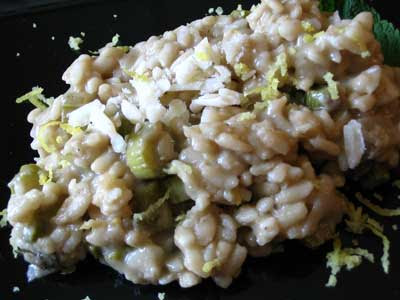 This is my submission to Weekend Wokking, a brand new food event focusing on the multiple ways we can transform a single ingredient. Hosted by Wandering Chopsticks, the theme this week is asparagus.
This is my submission to Weekend Wokking, a brand new food event focusing on the multiple ways we can transform a single ingredient. Hosted by Wandering Chopsticks, the theme this week is asparagus.

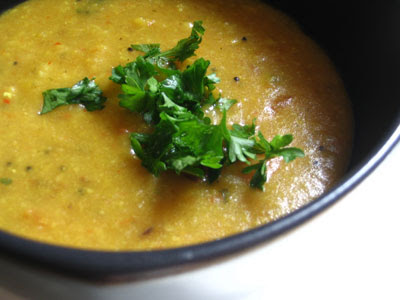





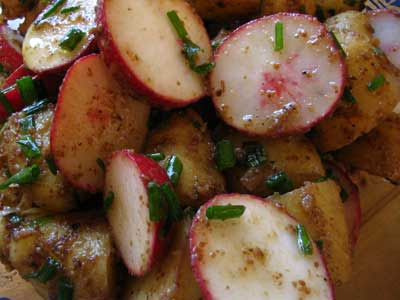

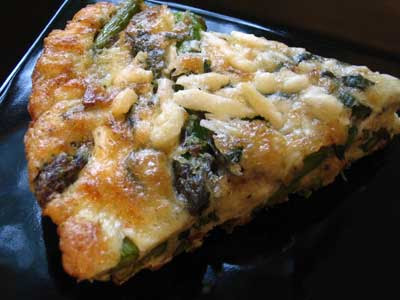
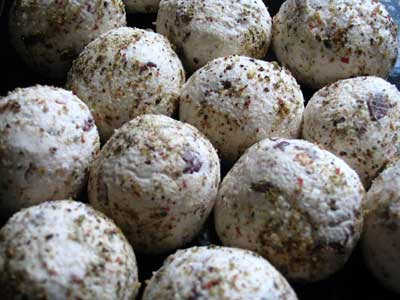
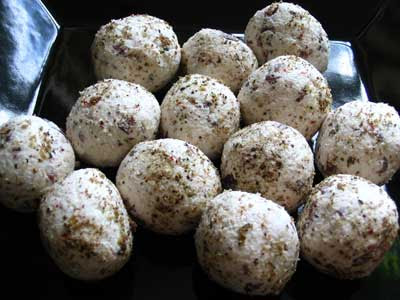

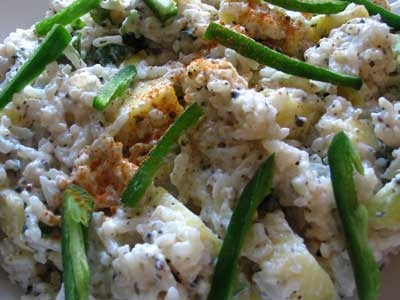
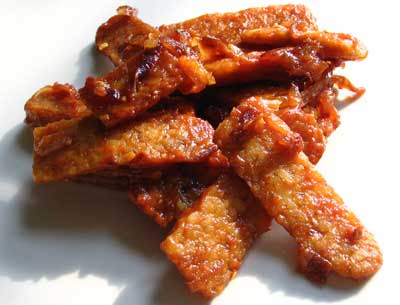


 Print this recipe
Print this recipe